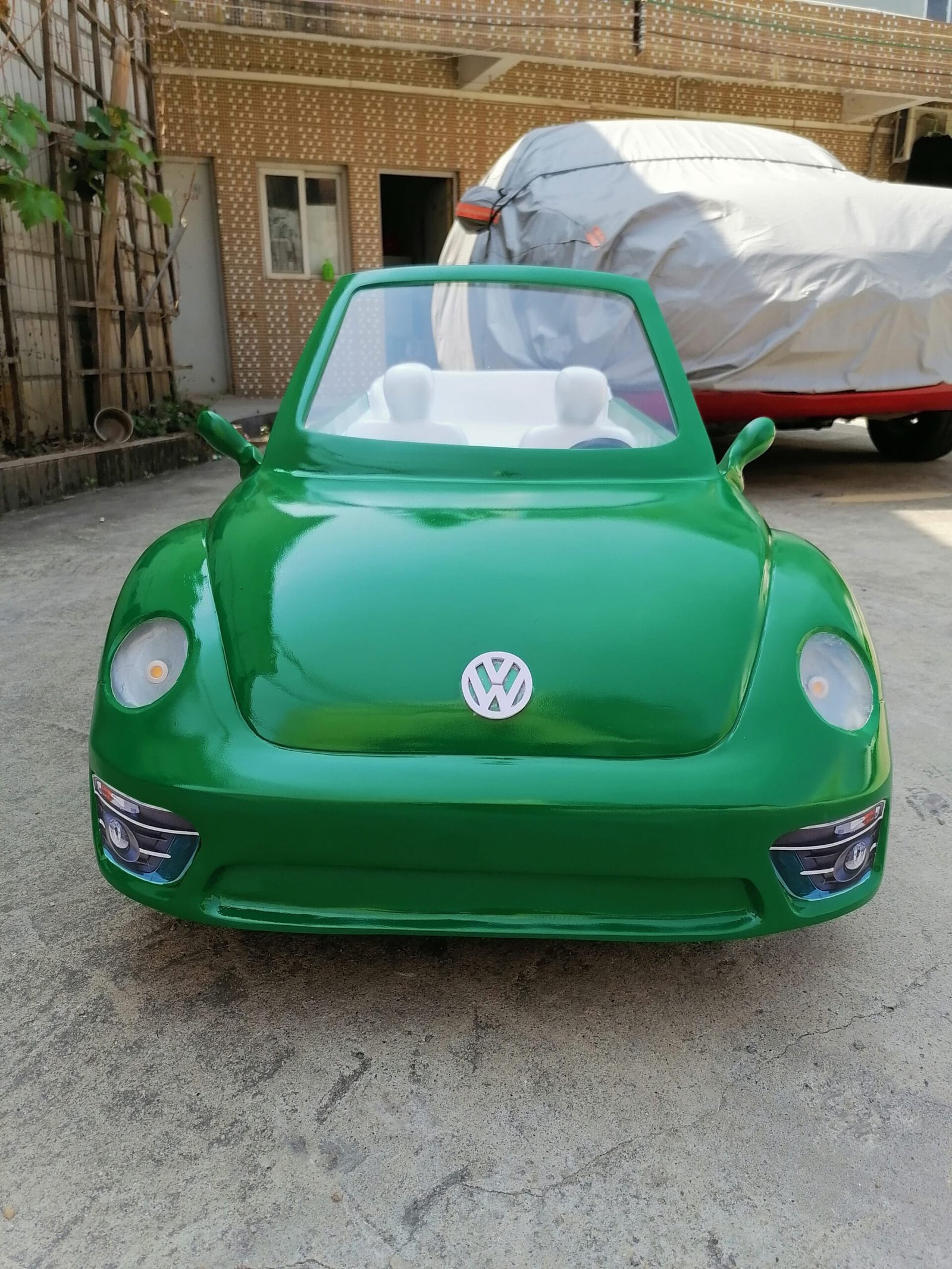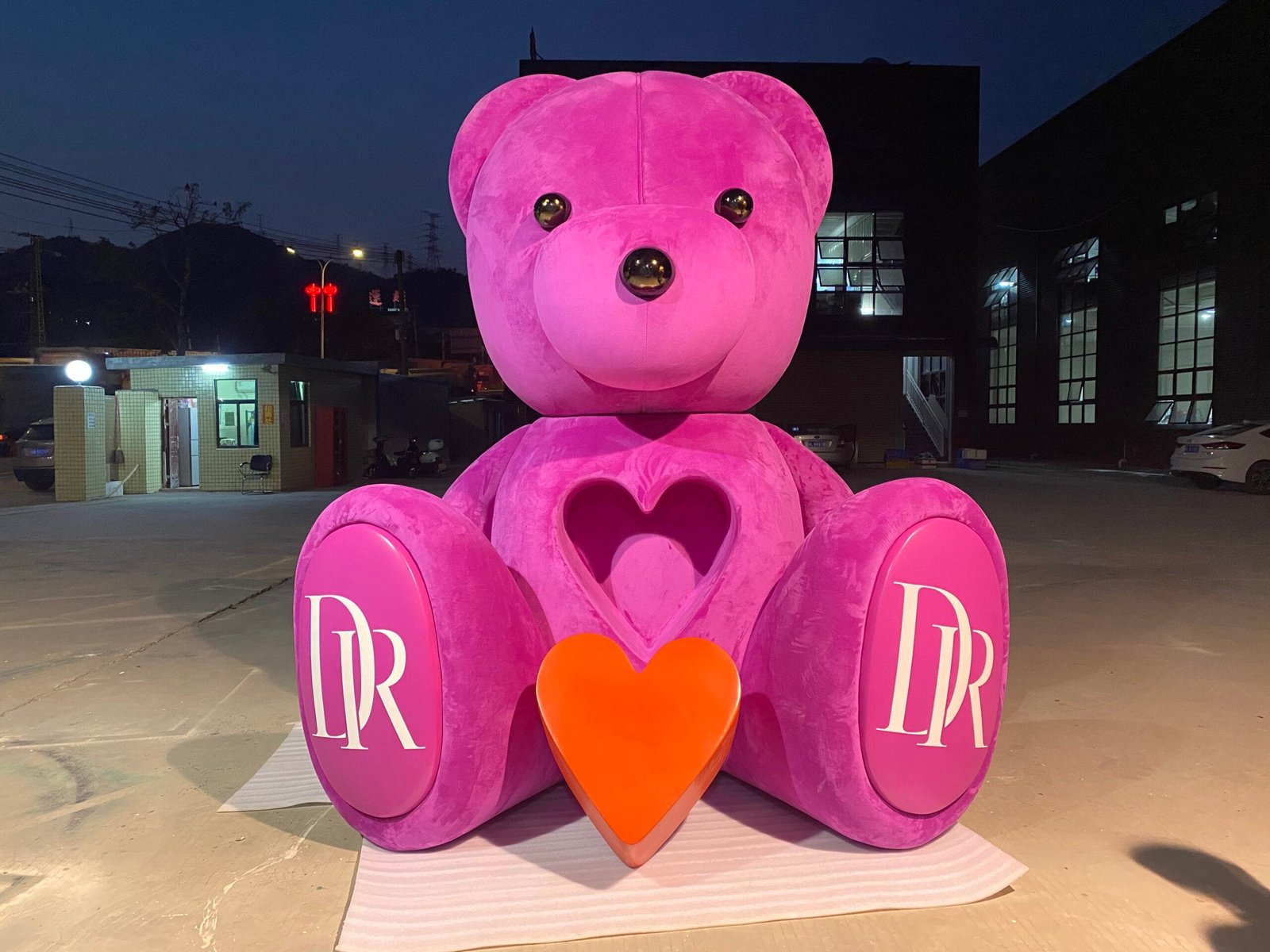Introduction: The Rising Impact of Interactive Sculptures on Branding
In today’s fast-paced digital world, brands need innovative ways to capture audience attention and foster deeper connections. Interactive sculptural installations offer an engaging solution, combining physical presence with immersive experiences. These installations go beyond traditional advertising by inviting participation, sparking curiosity, and creating lasting impressions.
From retail spaces to public events, interactive sculptures transform passive observers into active participants, making brand messages more memorable and impactful. This article explores how businesses can leverage these installations to enhance their marketing strategies and maximize audience engagement.
1. The Benefits of Interactive Sculptural Installations for Brands
Creating Memorable Experiences
Interactive sculptures turn a brand’s message into a tangible and unforgettable experience. Unlike static displays, they invite audiences to engage physically or digitally, creating emotional connections that deepen brand loyalty.
For example, a sculpture that lights up or changes shape when touched can evoke a sense of wonder, leaving a lasting impression on customers.
Enhancing Social Media Presence
Interactive installations are inherently shareable, making them powerful tools for organic marketing. Visitors are drawn to unique, photo-worthy moments, which they are likely to post on social media platforms.
Furthermore, by incorporating branded hashtags or QR codes, businesses can track engagement, amplify their reach, and drive traffic to their digital platforms.
Aligning with Brand Values
Interactive sculptures can serve as visual representations of a brand’s identity and values. Whether showcasing innovation, sustainability, or creativity, these installations communicate messages that align with the brand’s mission.
For instance, a tech company might create an AR-enabled sculpture to highlight its technological expertise, while an eco-friendly brand could design installations made from recycled materials.
2. Designing Interactive Sculptural Installations
Understanding the Target Audience
The success of an interactive sculpture depends on its relevance to the intended audience. Key questions to consider include:
- What type of interaction will resonate most with the audience?
- What emotions or actions should the sculpture evoke?
- How can the design tie into the brand’s broader marketing strategy?
By addressing these questions, designers can ensure the installation delivers a meaningful and engaging experience.
Incorporating Technology
Technology elevates interactive sculptures from static art pieces to dynamic experiences. Popular integrations include:
- Augmented Reality (AR): Allow users to view digital overlays through their smartphones, unlocking additional layers of content.
- Touch or Motion Sensors: Create sculptures that respond to physical interactions, such as touch, movement, or proximity.
- LED Lighting and Projections: Add visual elements that change in response to user input, enhancing the sculpture’s appeal.
By combining art and technology, brands can create multisensory experiences that captivate modern audiences.
Selecting Durable Materials
Interactive installations often face high levels of engagement, requiring materials that can withstand frequent use. Common options include:
- Metal and Acrylic: Durable and visually striking, suitable for both indoor and outdoor settings.
- Resin and Fiberglass: Lightweight and versatile, ideal for intricate designs.
- Sustainable Materials: Recycled plastics or biodegradable components align with eco-friendly branding efforts.
Moreover, using high-quality materials ensures the sculpture maintains its appearance and functionality over time.
3. Placement Strategies for Maximum Impact
High-Traffic Locations
Placing interactive sculptures in areas with significant foot traffic ensures they attract maximum attention. Ideal locations include:
- Shopping Malls: Installations near entrances or atriums draw in visitors and encourage exploration.
- Public Spaces: Parks, plazas, and streetscapes provide visibility to a broader audience.
- Event Venues: Trade shows, product launches, and festivals offer opportunities to showcase sculptures to targeted demographics.
Additionally, consider the surrounding environment to ensure the sculpture integrates seamlessly with its setting.
Designing for Accessibility
To maximize engagement, interactive sculptures should be accessible to all audiences. This includes:
- Ensuring ease of physical interaction for users of all ages and abilities.
- Providing multilingual instructions for diverse audiences.
- Incorporating both digital and physical elements to appeal to tech-savvy and traditional users alike.
By prioritizing inclusivity, brands can broaden their reach and enhance customer satisfaction.
4. Measuring the Effectiveness of Interactive Sculptures
Tracking Engagement
Brands can measure the success of their installations by monitoring interactions and engagement metrics. Tools like QR code scans, social media analytics, and user feedback forms provide valuable insights into audience behavior.
Assessing Return on Investment (ROI)
Evaluate how the installation contributes to marketing goals, such as increased brand awareness, customer acquisition, or sales growth. Comparing pre- and post-installation metrics, such as foot traffic or online engagement, helps determine its impact.
Conclusion: Sculptures as Interactive Marketing Tools
Interactive sculptural installations combine artistry, technology, and strategy to create powerful marketing tools that captivate audiences and elevate brand experiences. By designing thoughtful, engaging installations and placing them strategically, businesses can foster emotional connections, amplify their reach, and achieve their marketing objectives.
Whether in retail spaces, public areas, or event venues, investing in interactive sculptures ensures your brand remains memorable in today’s competitive landscape.
Focus Keywords:
Interactive sculptural installations, brand engagement, immersive marketing, AR-enabled sculptures, sustainable branding, public art marketing, audience interaction.





